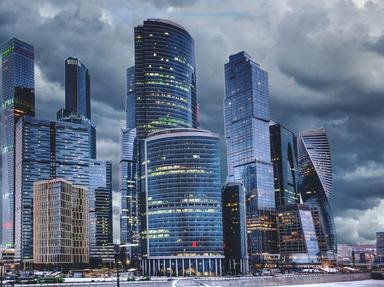Quiz Answer Key and Fun Facts
1. Former names of this island city include Sunda Kelapa and Batavia.
2. This Asian city is home to archaeological remains that include a citadel located on a rocky hill as well as Roman baths and temples.
3. This major port is located on the Gulf of Mexico, close to where it meets the Atlantic Ocean.
4. Located around 1,000 metres (3,300 feet) above sea-level, this capital has the Guaire River flowing through it.
5. Noted for its large number of white marble buildings, this capital was extensively redeveloped following an earthquake in 1948.
6. This African capital has gained the nickname of 'Little Rome' thanks to its Italianate architecture and colonial past.
7. Situated on the northern edge of Lake Victoria, this city was originally built on seven hills.
8. The Old City district of this Asian capital was designated as a UNESCO World Heritage Site in 1986.
9. In 1997, this modern planned city took over from Almaty as the capital of its country.
10. This island city was the Arab Capital of Culture in 2012 and is located in the north-east of its country.
Source: Author
Fifiona81
This quiz was reviewed by FunTrivia editor
agony before going online.
Any errors found in FunTrivia content are routinely corrected through our feedback system.
